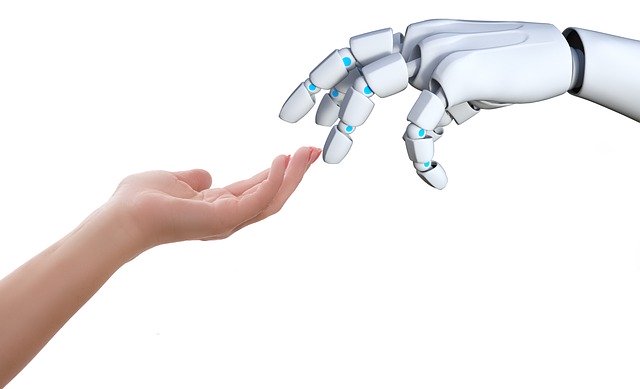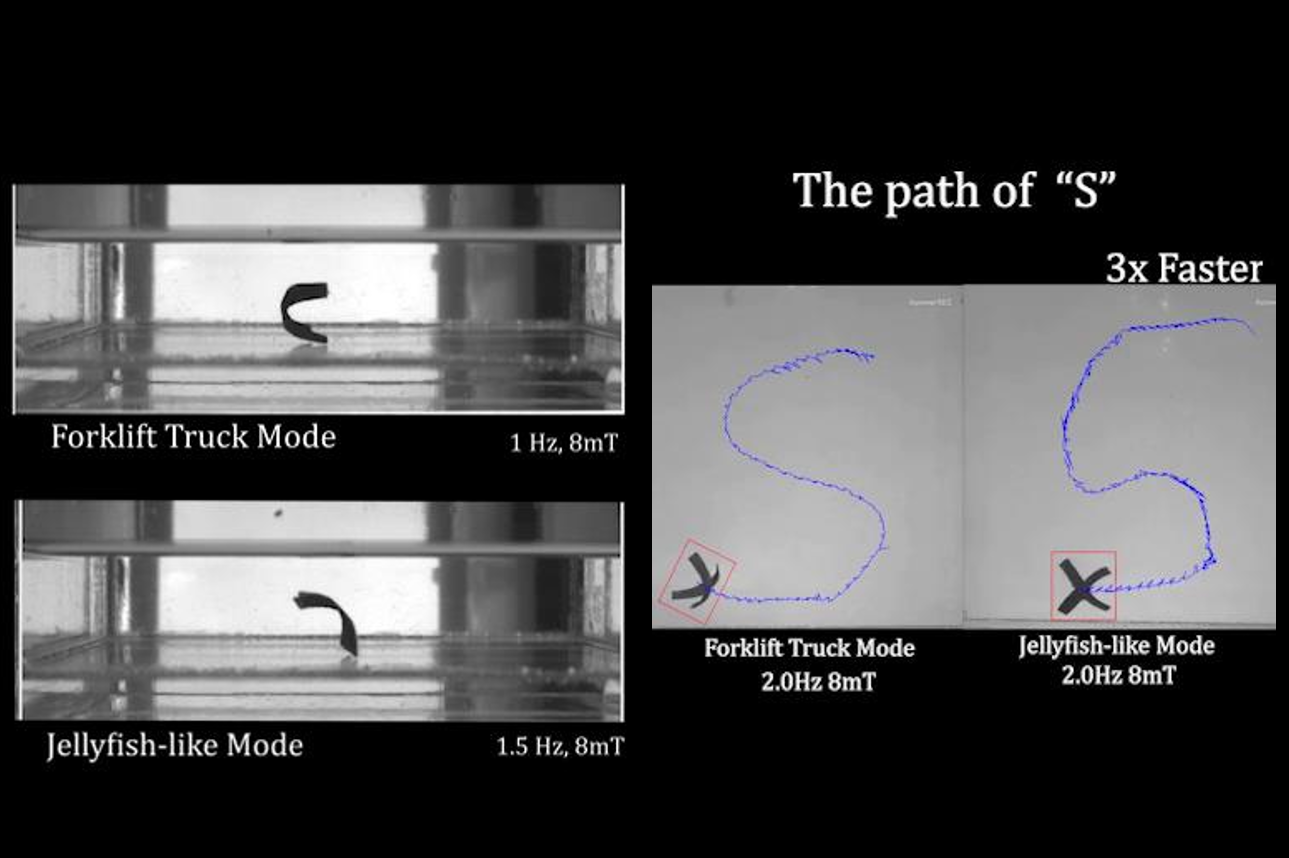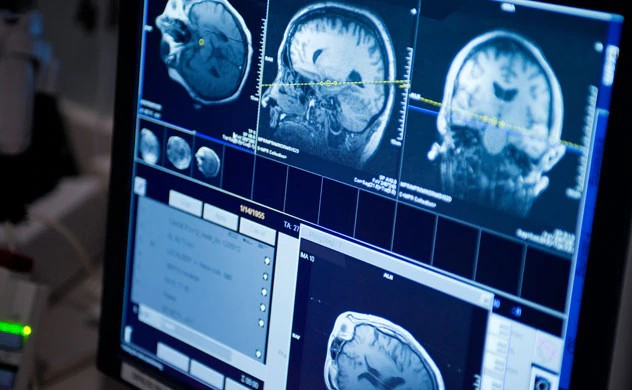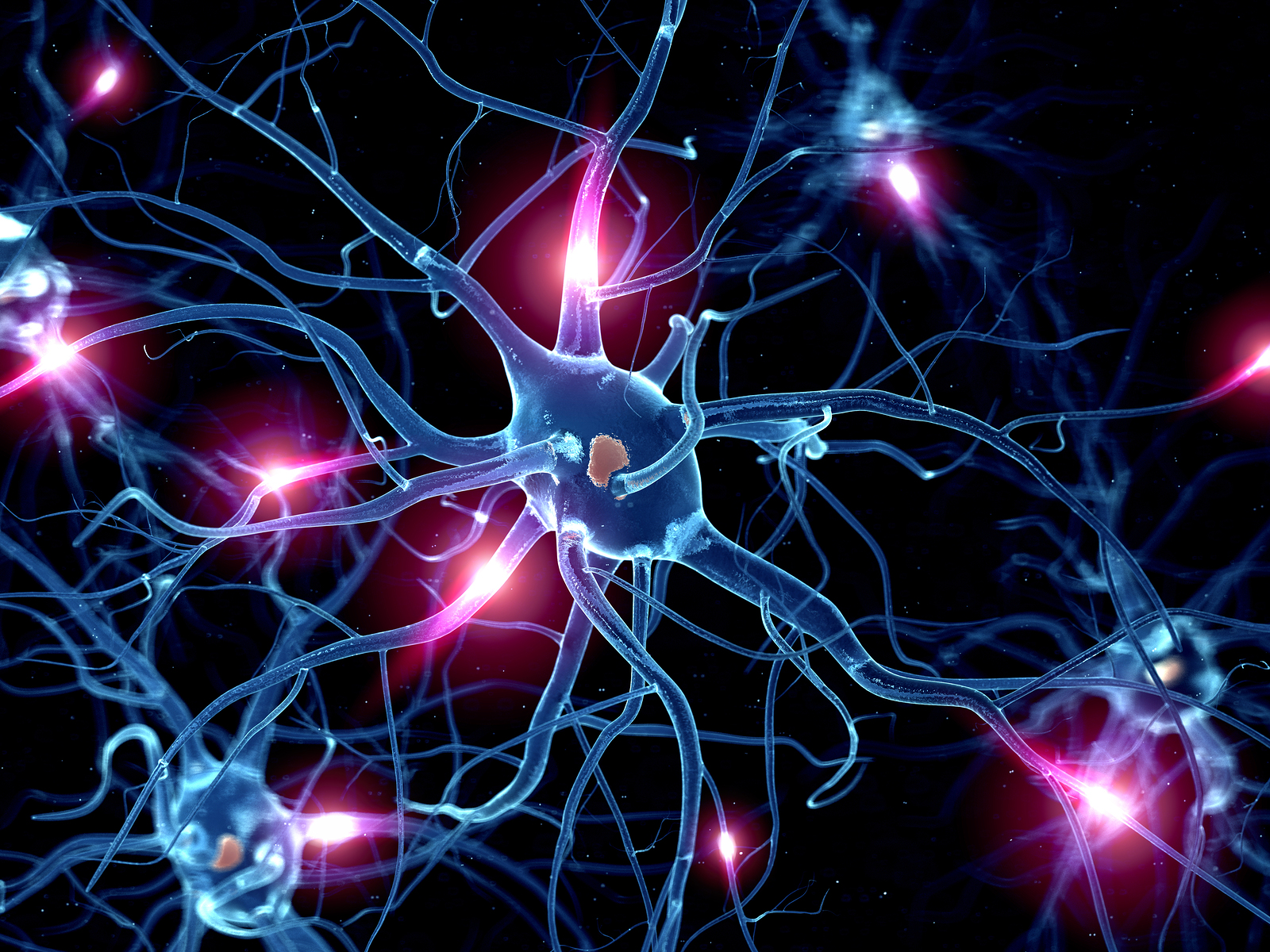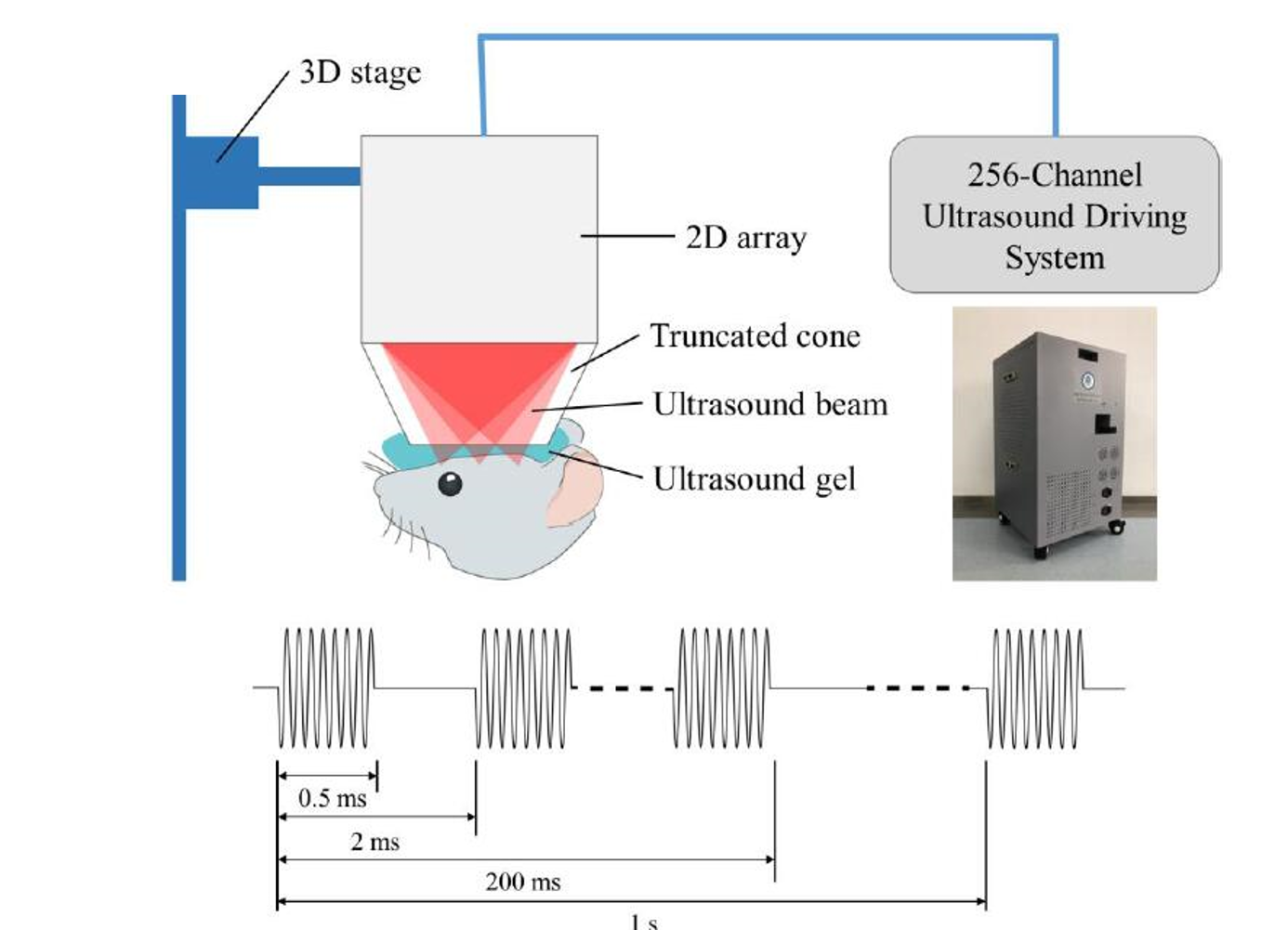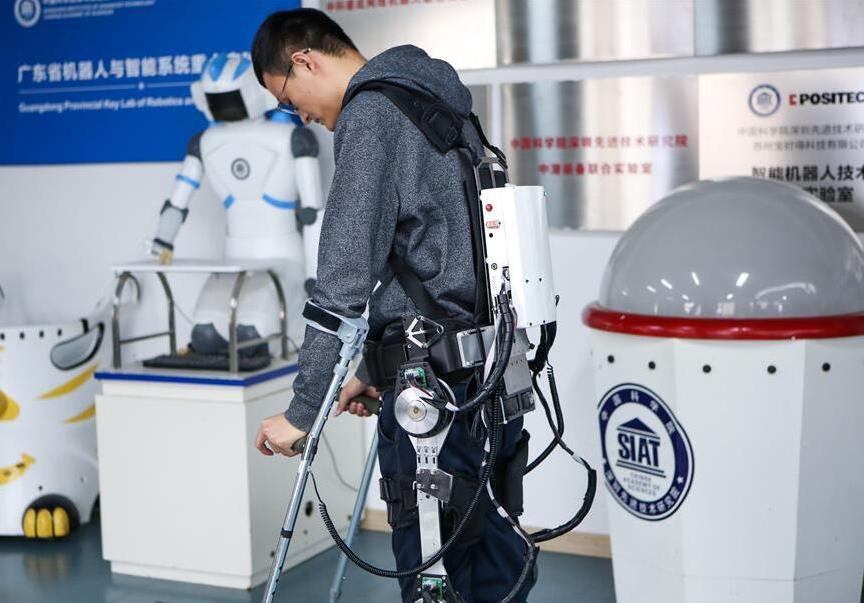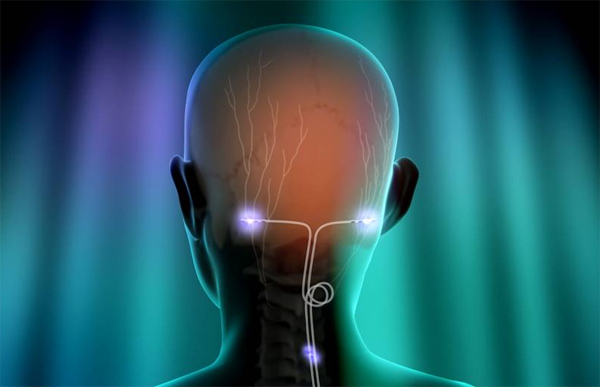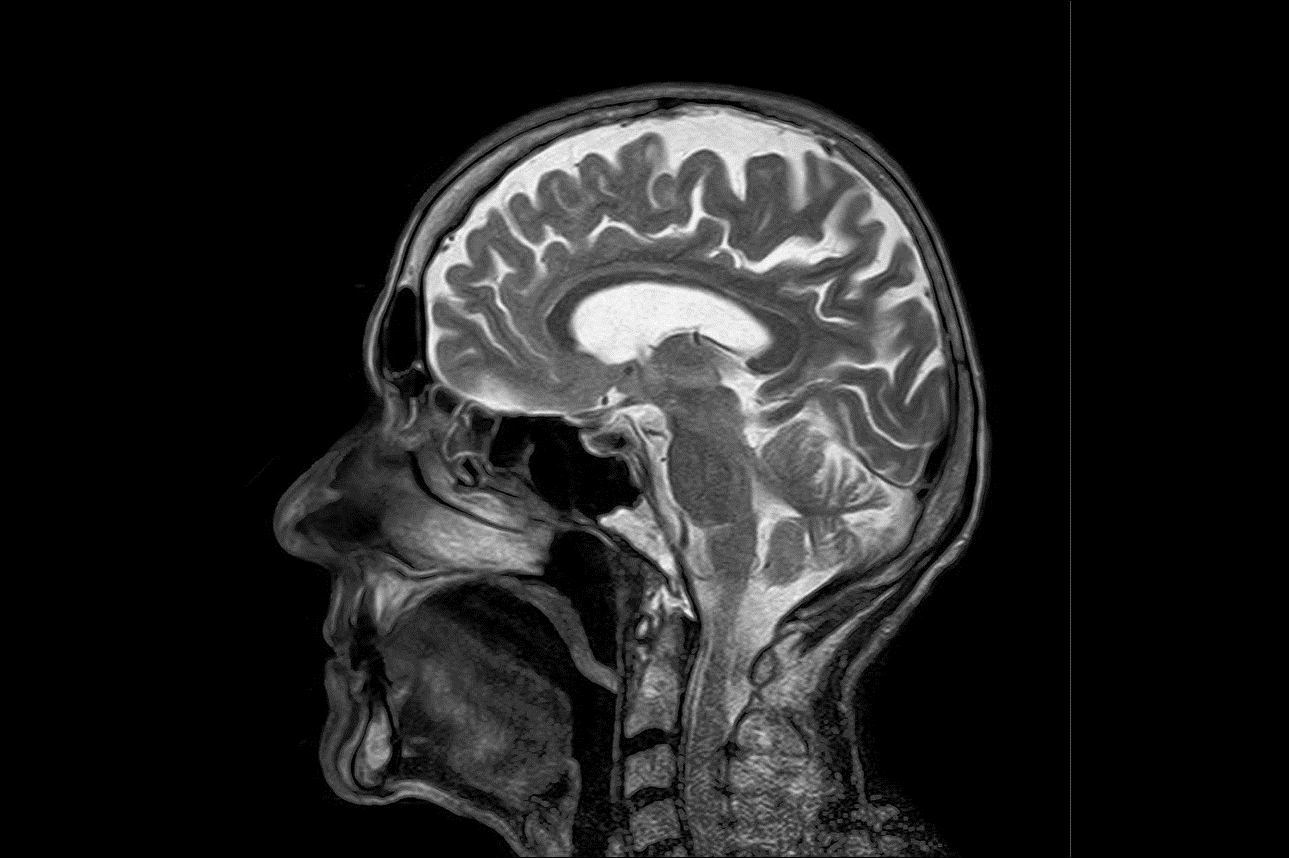
SIAT Research
-
Apr 07, 2020Scientists Demonstrate LSTM Performs Better in Continuous EstimationResearchers proposed a continuous estimation method for 6 daily grasp movements by LSTM (Long short-term memory network), and the comparison tests showed that LSTM held the best performance. Surface Electromyography (sEMG) is a non-invasive, computer-based technique that records the electrical impulses.However, the present pattern-recognition-based control strategy can realize some myo...
-
Apr 03, 2020Robots with Tiny Soft Body and Great Carrying CapacityDesigned a novel millimeter-level magnetically driven software micro-robot, named Cruciform Thin-film Microrobot (CTM), which could realized double-modal motion and environmental adaptive functions... Untethered and wirelessly-controlled micro-robots have been catching substantial attention for a long time due to their great potentials in bioengineering and industrial microoperation.Compare with...
-
Apr 02, 2020Scientists Propose Artificial Intelligence Based Parallel Imaging Method to Further Improve MR Imaging SpeedDr. Shanshan Wang from the Shenzhen Institutes of Advanced Technology (SIAT) of the Chinese Academy of Sciences, for the first time in the world introduced big datasets into accelerating MR imaging. Artificial intelligence (AI) makes it possible for machines to learn from experience, adjust to new inputs and perform human-like tasks.Magnetic resonance imaging (MRI), as a powerful imaging modal...
-
Apr 02, 2020Scientists Demonstrate Ultrasound Stimulation of PAG Induces Defensive BehaviorsDemonstrated that the LIFUS of the PAG induced defensive behaviors in mice brain, the study has been published onIEEE Transactions on Ultrasonics, Ferroelectrics, and Frequency Control. The periaqueductal gray (PAG) is an area of gray matter found in the midbrain, which is associated with the generation of defensive behaviors.Low-intensity focused ultrasound stimulation (LIFUS) is...
-
Apr 01, 2020Scientists Developed New 2D Array Ultrasonic Transducer Base on Sm-PMN-PT MaterialsDeveloped a 1-MHz 256-element 2D array ultrasonic transducer of low electrical impedance based on a new Sm-doped Pb(Mg1/3Nb2/3)O3-PbTiO3 (Sm-PMN-PT) piezoceramic with ultrahigh dielectric permittiv... LIFU (low-intensity focused ultrasound) has the enormous potential to improve the clinical outcomes as well as to replace the currently available neuromodulation techniques.Currently, single-elemen...
-
Mar 31, 2020New Gait Planning Method Makes Exoskeleton Robot Easy to ControlA new automated intelligent gait planning method that integrated a finite-state machine (FSM) model as an underlying foundation Paraplegia is an impairment in motor or sensory function of the lower extremities, results from disease or injury of the spinal cord that causes interference with nerve paths connecting the brain a...
-
Mar 30, 2020Smaller Ultrasound Transducer Make Neuromodulation Perform BetterA needle transducer with a total diameter of 1.65 mm, and the mice brain experiments showed that it’s useful for ultrasound neurostimulation and multiple-target stimulation. Ultrasound neuromodulation holds promise as a non-invasive technique for neuromodulation of the central nervous system these years.However, it’s difficult to perform multiple-target neurostimulati...
-
Mar 30, 2020Scientists Develop New Technique for High Spatial Resolution BOLD fMRIAn accelerated gradient echo (GRE) sequence for high spatial resolution BOLD fMRI, combined simultaneous inter-multiple-slice excitation (SMS) with multi-echo-shifting Blood oxygenation level dependent (BOLD) imaging is the standard technique used to generate images in functional MRI (fMRI) studies, and relies on regional differences in cerebral blood flow to del...
